MYTH ONE: BEGINNERS SHOULD USE NYLON SKINS

No. Where does this come from? Probably a misunderstanding arising from the generalisation “If you need grip, use nylon; if you want glide, use mohair”.
Well – that’s true. But that doesn’t mean that beginners in alpine touring should compensate for their lack of technique with a one-size-fits-all solution that may even actively prevent them from learning better technique (if nylon skins encourage the novice skier to pick up, rather than slide, their skis as they ascend, then maybe it’s not the best solution). We can confidently assert that very few skiers have ever complained about the advantages of a mohair or mix skin despite the slightly worse grip. There are many square centimetres of skin under a summit-oriented touring ski.
Nylon’s the best choice in certain, specific, circumstances. But in the vast majority of cases, a principally mohair skin’s going to be more efficient and therefore more fun. A skin with a 70/30% mix or 100% mohair fibres will be enough to get you to the top of anything. You may have to refine your technique. Kick turns, if all else fails. You’ll definitely have to treat the skin with a little more care. But none of these things is a disadvantage in the long run.
Whether you’re a beginner or a professional mountain guide, better technique will serve you well in the mountains, regardless of which skin you have. If you treat the skin properly, it’ll also last longer, give more pleasure and work better – regardless of its quality. Before we talk down nylon skins too much, it’s important to point out that nylon skins continue to be useful (particularly for cross-country skiers in steep terrain). The material’s extremely durable; it doesn’t absorb moisture and water on wet days like mohair can. But there, we might suggest, few reasons not to choose a mixed-material skin in any case.
MYTH TWO: THE SKIN MUST COVER YOUR SKI BASE FROM EDGE TO EDGE
No. Old skiers, telemark diehards and bonkers high-altitude minimalists are here fondling their skinny skis and shaking their heads sadly at the vulgarity of the contemporary alpine powder ski with its average width of 100mm. 100mm! That’s a large increase in ski base real estate – and the reason why it’s absolutely a mistake to cover every square millimetre of a wide base with plush.
A fully-carpeted ski is a high-resistance snowplough. There is such a thing as “enough”. “Sufficient” exists. And a narrower skin possesses both of these virtues. What you lose in the ability to Spiderman your way up a 90° gradient you can compensate for in technique. You will have more energy for the descent – the bit where you take your heavy skins off and point yourself to joy.
Especially so, today, when carpet on a ski’s rockered tips, which have been specifically designed to clear the snow, is nothing but extraneous weight.
20cm at the front and rear of your planks – strictly speaking, this doesn’t need any skin on it.
MYTH THREE: ALL SKIN-MANUFACTURERS MAKE THEIR OWN SKINS
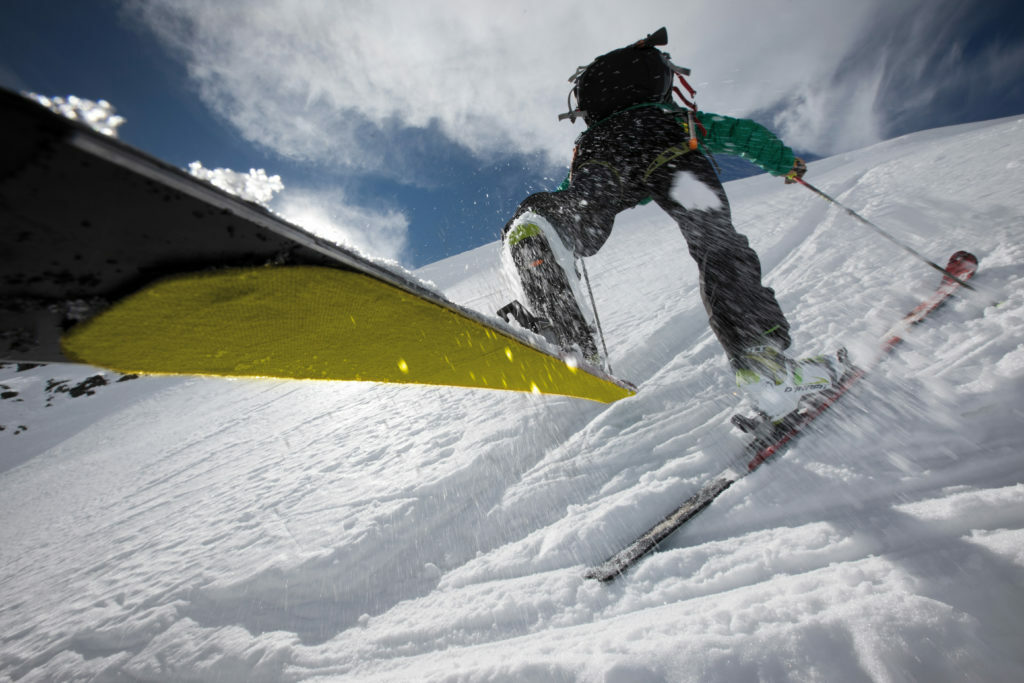
No. Ski-makers don’t make skins – skin makers do. And buying skins, the priority should be utility. The length, width and material for your intended use are your first considerations. The colour and logo are nice secondary bonuses. Shop around for the best skin; don’t buy skins with the “right” logo or colour.
Even the Åsnes X-Skins – the basic technology was developed in the research laboratories of Colltex and Pomoca. These companies are the best at what they do. They fabricate branded skins for almost every ski manufacturer you can think of, and they’ve been doing it for a long time. The only difference is Åsnes’s integration of the “software” of the skin into the “hardware” of the ski.
This is all to say: buy a branded skin like an X-Skin if the solution if offers to your ski is clearly appropriate and useful. Otherwise, you’re better off going to the the source: the skin-makers themselves. Pomoca and Colltex, for two, have made it a simple matter to navigate their abundant selection. Buying from them, you might luck out and get a skin that fits several pairs of skis, which is a nice bonus. There are bargains to be had. Materials and fabrication – plush, adhesive, membrane, width, height – are more important than brands and most circumstances.
MYTH FOUR: SKINS ARE IMMORTAL
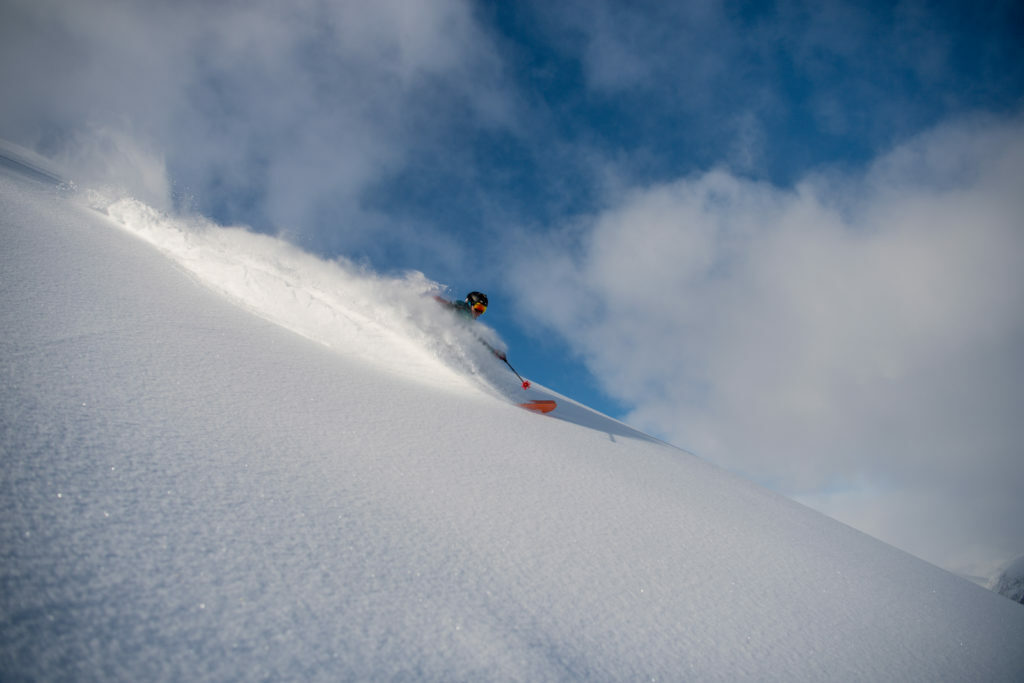
If only. Frozen water is weird. Skins are weird. Hiking on partially-carpeted planks to the top of a mountain just to come down again is, likewise, weird.
But if there were no friction involved, none of this would be possible. And skins are not immune from the wear and tear that follows this play of resistance. They will wear out. Nor are they immune from lazy maintenance. Dry them; don’t let the glue lose its adhesion, don’t let them rot. Keep them treated. There are no friends on powder days. Consider your skins your best friends.
Clomping uphill on icy ski-wigs with the sensation of tree bark at the contact surface is ghastly. Obviously, the way down is the fun bit, but that bit might be only 10% of the whole tour.
So consider your skins a valuable investment in pursuit of one of the greatest pleasures known to mankind. Take care of them.

Rocker, nordic rocker, taper and sidecut
Reading the specs, we read about rocker, nordic rocker, taper, and sidecut. If you don’t know what these things are, or what effect they have on the properties of your skis, read on as we break it down…
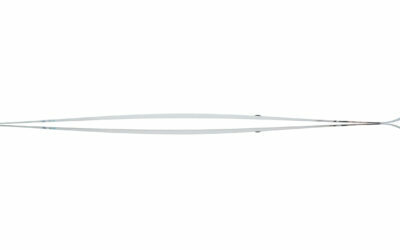
Everything you need to know about camber in cross-country BC skis
Lurer du på hva hva disse begrepen betyr og hva dette har å si for skiene dine? Ikke noe problem! Vi har laget en inngående forklaring på hva dette er og hvilken funksjon det har for skiene.
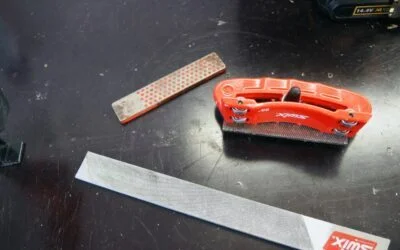
Tuning steel edges
Tuning and maintaining your steel edges is pretty simple if you have the tools. If you don’t, you can take them to a workshop to have them machined. Everyone has an opinion when it comes to grinding. And much is a matter of preference. But it’s worthwhile bearing in mind that ski designers made their decisions for a reason…

Understanding sidewalls
Sidewalls. All skis have them. Few of us know what they actually do. Join us as we explain how they affect the strength and properties of your skis.

What’s inside your skis?
What are the skis made of? How are they made? What sets Åsnes apart? Here’s that guide to the inside of our skis you were looking for!
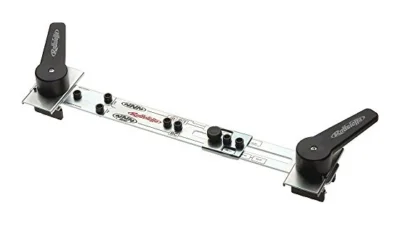
Mounting bindings on cross-country BC skis
If you’re going to mount bindings on cross-country skis built for breaking trail, you have a choice. You can let professionals do it for you and avoid water damage to the wooden core, screws sitting proud of the holes or crooked bindings… or you can bid farewell to your warranty cover, prepare the polyurethane glue and drill, and read on…